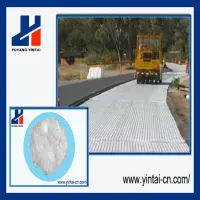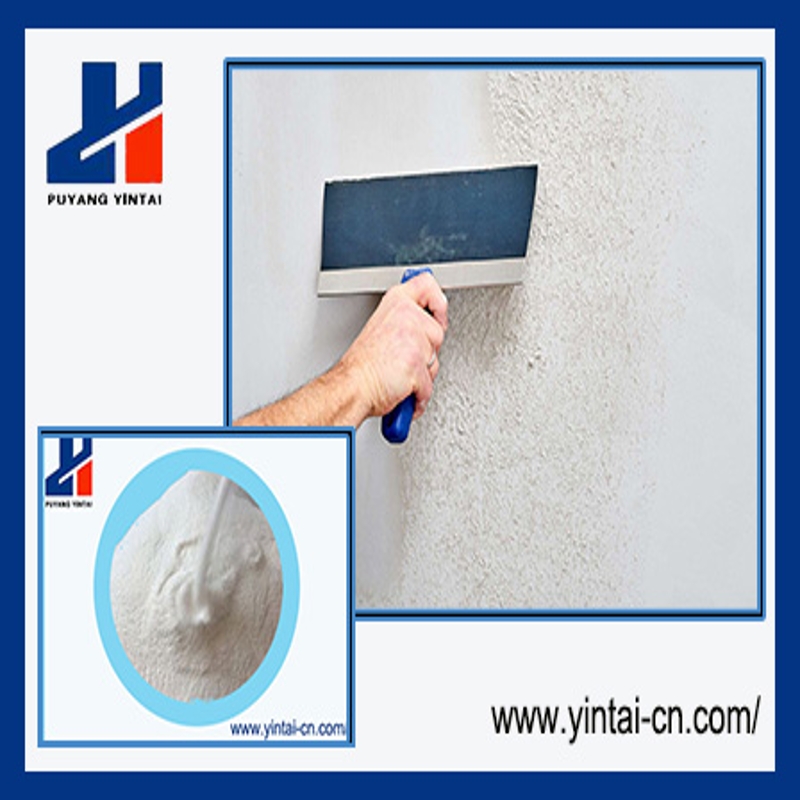-
Categories
-
Pharmaceutical Intermediates
-
Active Pharmaceutical Ingredients
-
Food Additives
- Industrial Coatings
- Agrochemicals
- Dyes and Pigments
- Surfactant
- Flavors and Fragrances
- Chemical Reagents
- Catalyst and Auxiliary
- Natural Products
- Inorganic Chemistry
-
Organic Chemistry
-
Biochemical Engineering
- Analytical Chemistry
- Cosmetic Ingredient
-
Pharmaceutical Intermediates
Promotion
ECHEMI Mall
Wholesale
Weekly Price
Exhibition
News
-
Trade Service
The bypass method transfer is also called the double needle transfer method, and the general use range is 100~1000mL
Through the double needle connecting tube, the liquid reagent is pressed into or sucked into the receiving container under positive pressure or negative pressure
According to personal habits and on-site materials, the positive pressure method or the negative pressure method can be arbitrarily selected
Figure 23-25 Schematic diagram of bridge transfer
In the inert gas delivery method, the pumping on the upper right is changed to an inert gas balloon or air ball to maintain the pressure balance; if the pumping method on the upper right (negative pressure) is selected, you need to insert a reagent bottle filled with inert gas The balloon and remove the pressure delivery device
(1) Positive pressure method
First, vacuumize and replace the air in the bottle with inert gas (nitrogen or argon), and then use positive pressure inert gas to press the dangerous liquid reagent in the reagent bottle into the receiving container, as shown in Figure 23-26
Figure 23-26 Positive pressure bridging method
(a) First vacuum and then recover with argon; (b) Use positive pressure bridging method to extract butyl lithium
(2) Negative pressure method
(1) Contrary to the positive pressure method, the negative pressure method relies on negative pressure to draw the dangerous liquid reagent in the reagent bottle into the receiving container, as shown in Figure 23-27
Figure 23-27 Negative pressure bypass method
(a) Vacuum first and then use argon gas to recover: (b) Extract butyl lithium by negative pressure bridging method
(2) A more detailed diagram is shown in Figure 23-28
Figure 23-28 Bridging method to transfer borane (or organometallic reagents such as butyl lithium)
(a) Vacuum; (b) Recover with ammonia or argon: (c) Send with nitrogen or argon pressure
(3) Note: The residual dangerous reagents in the double-needle connecting tube and the dropping funnel should be quenched in time and carefully to avoid falling off the countertop, especially if there is water or polar solvent on the countertop, which has caused many fires.







